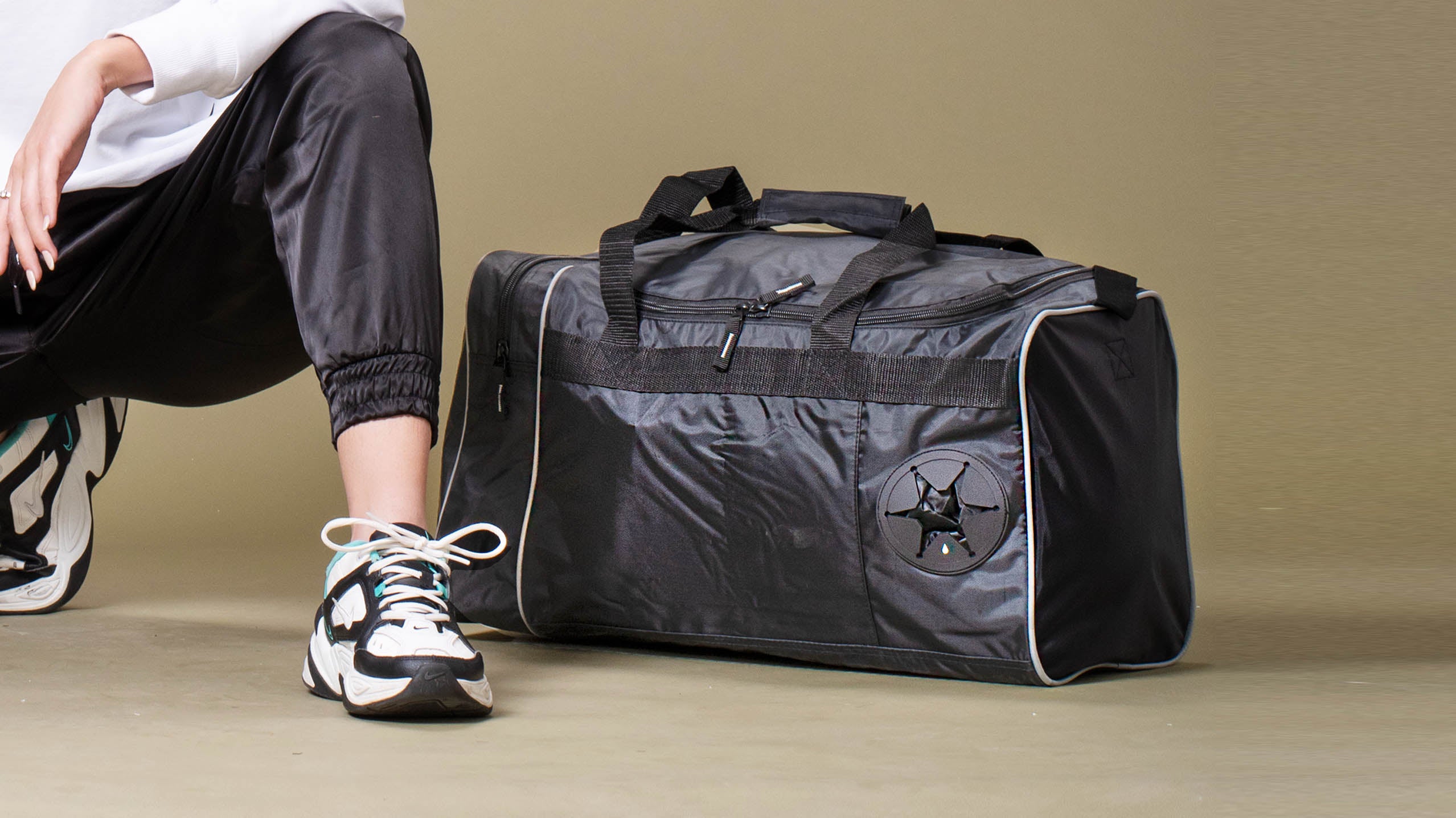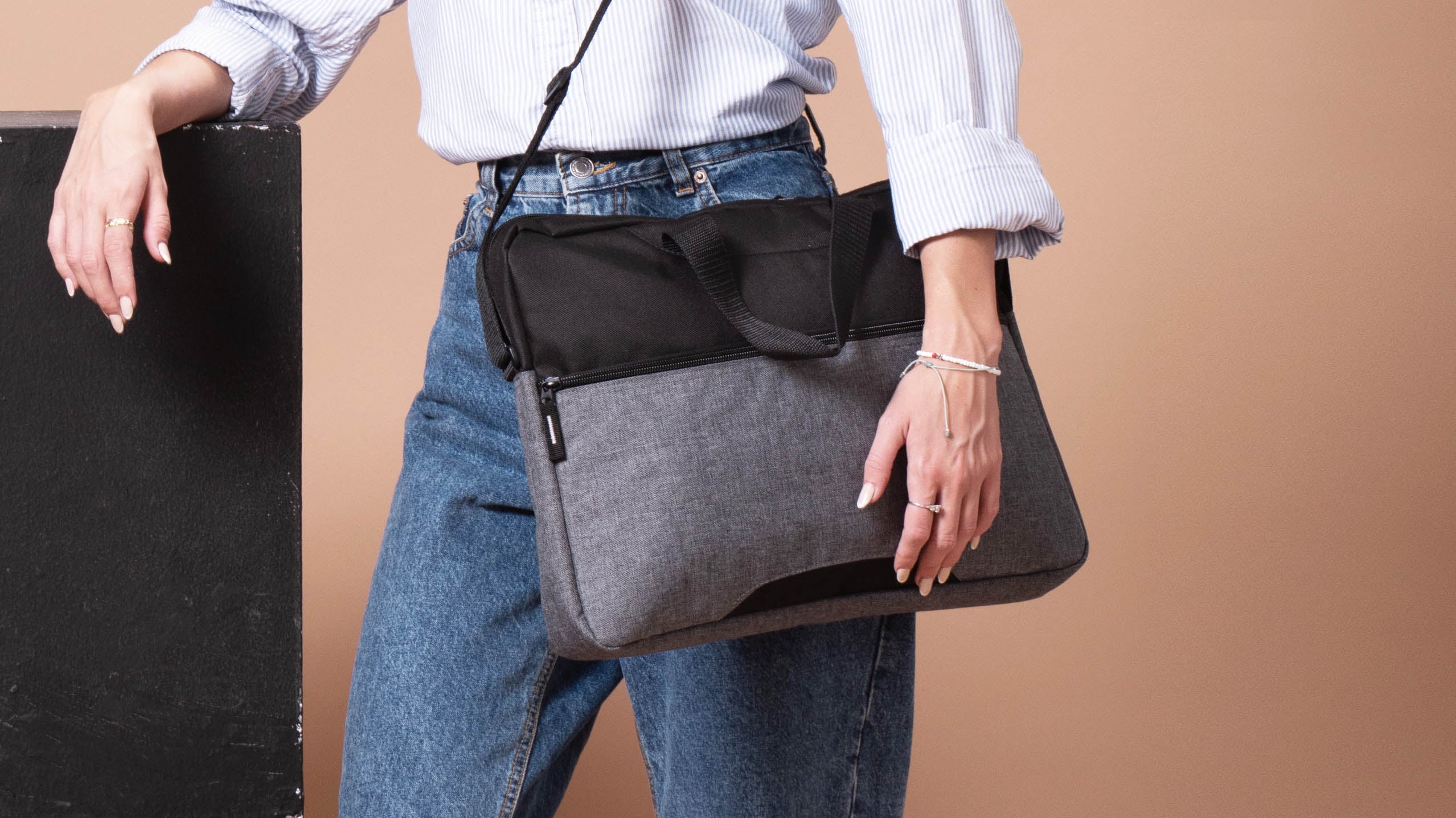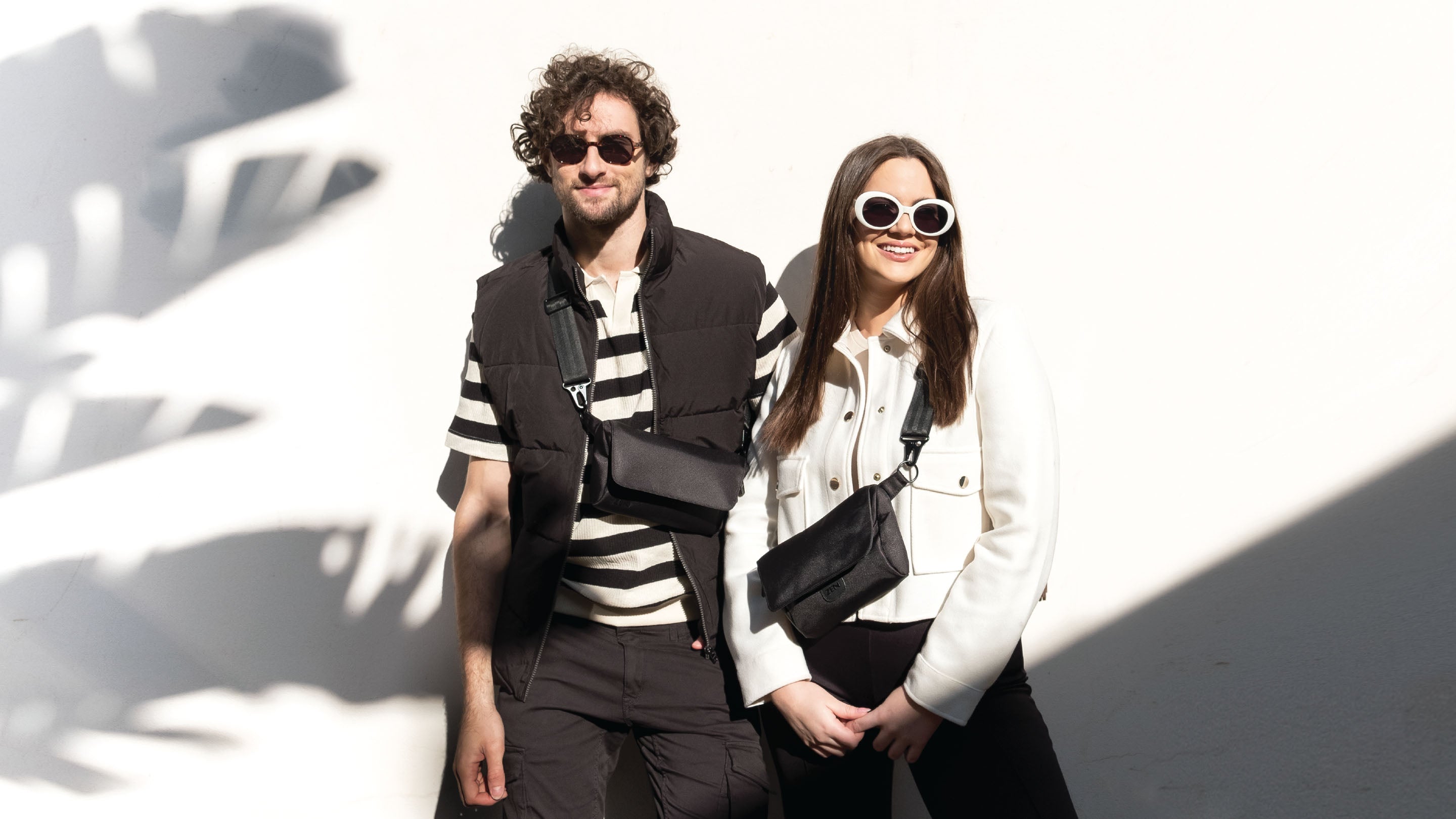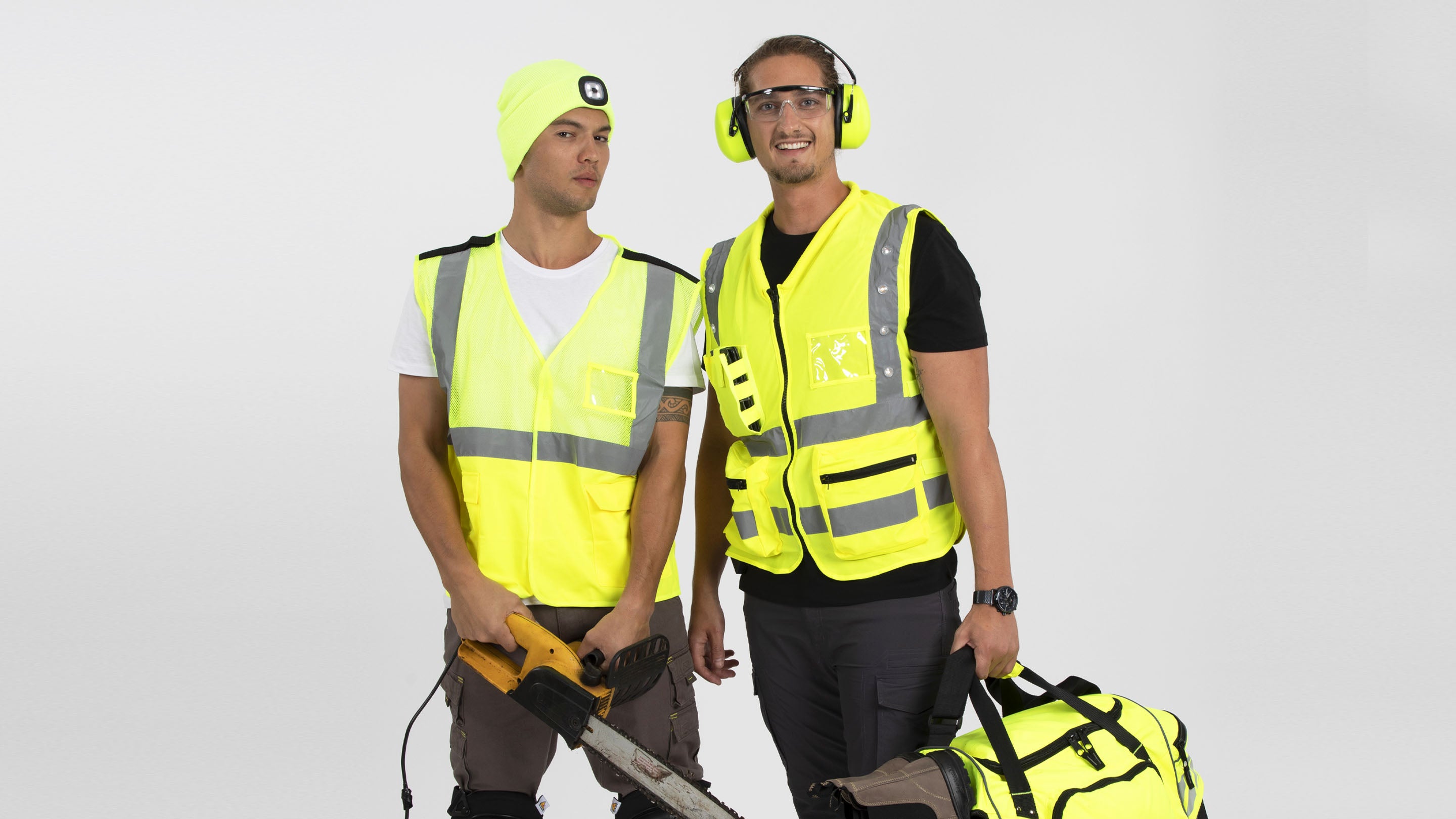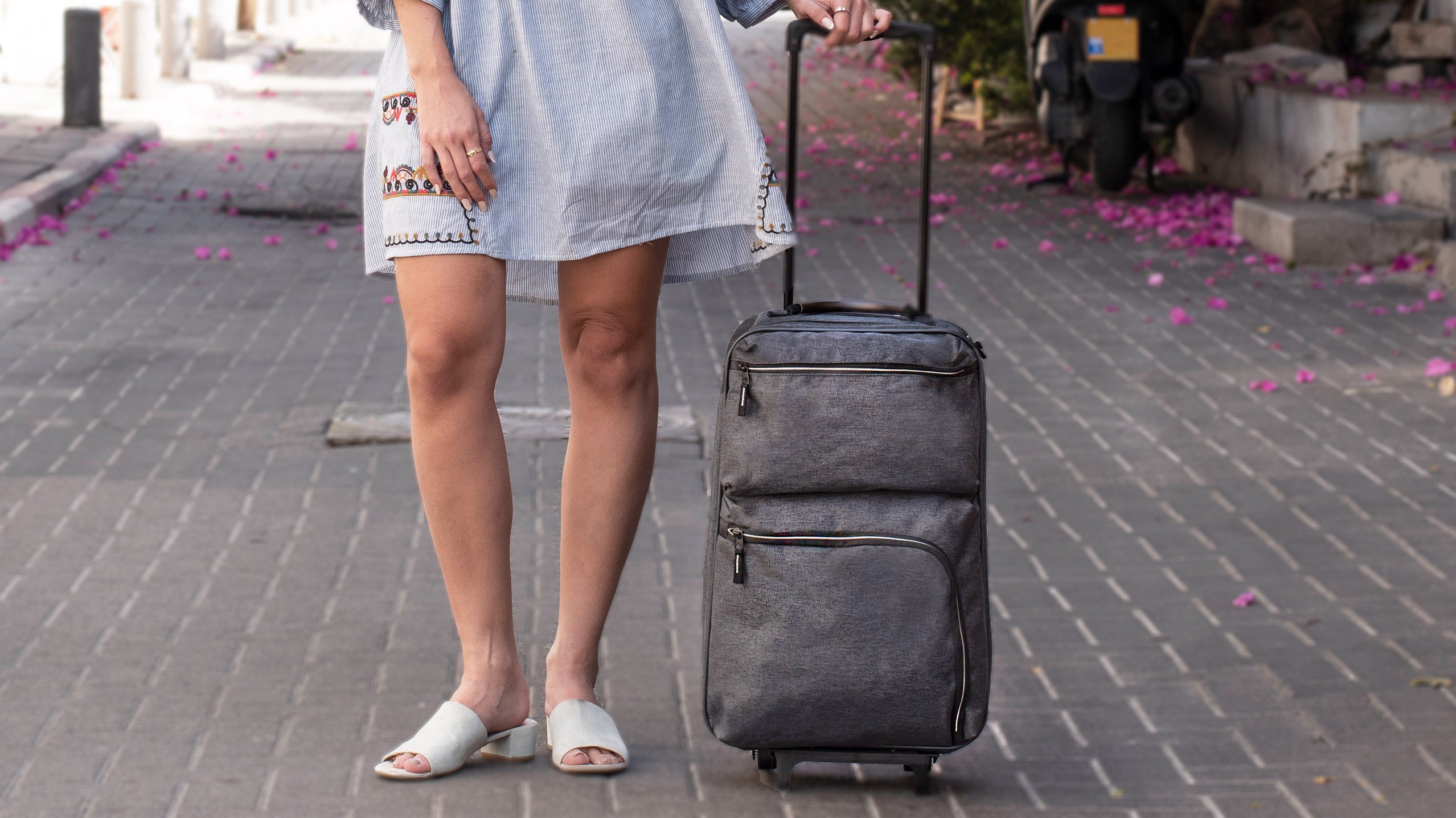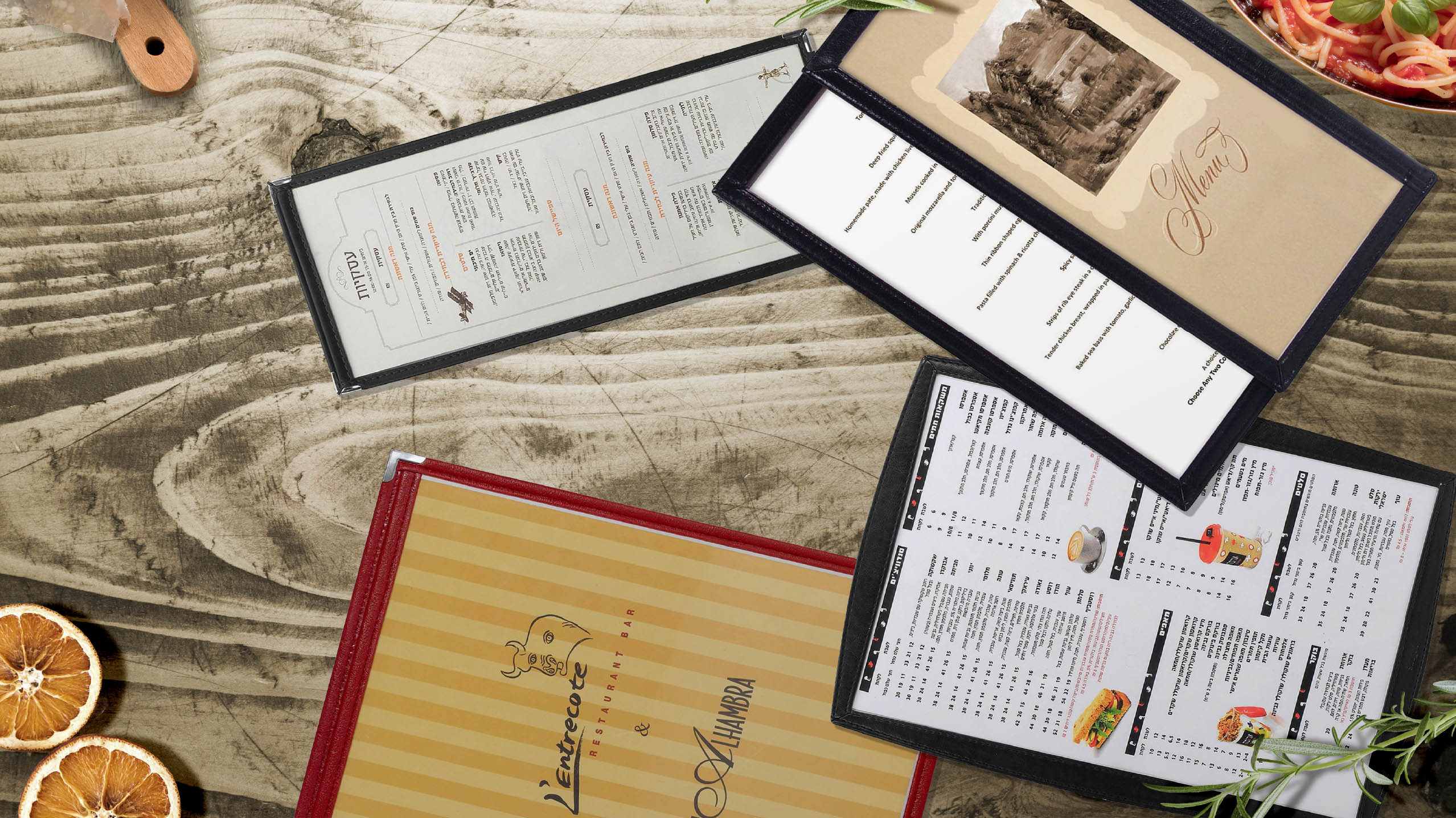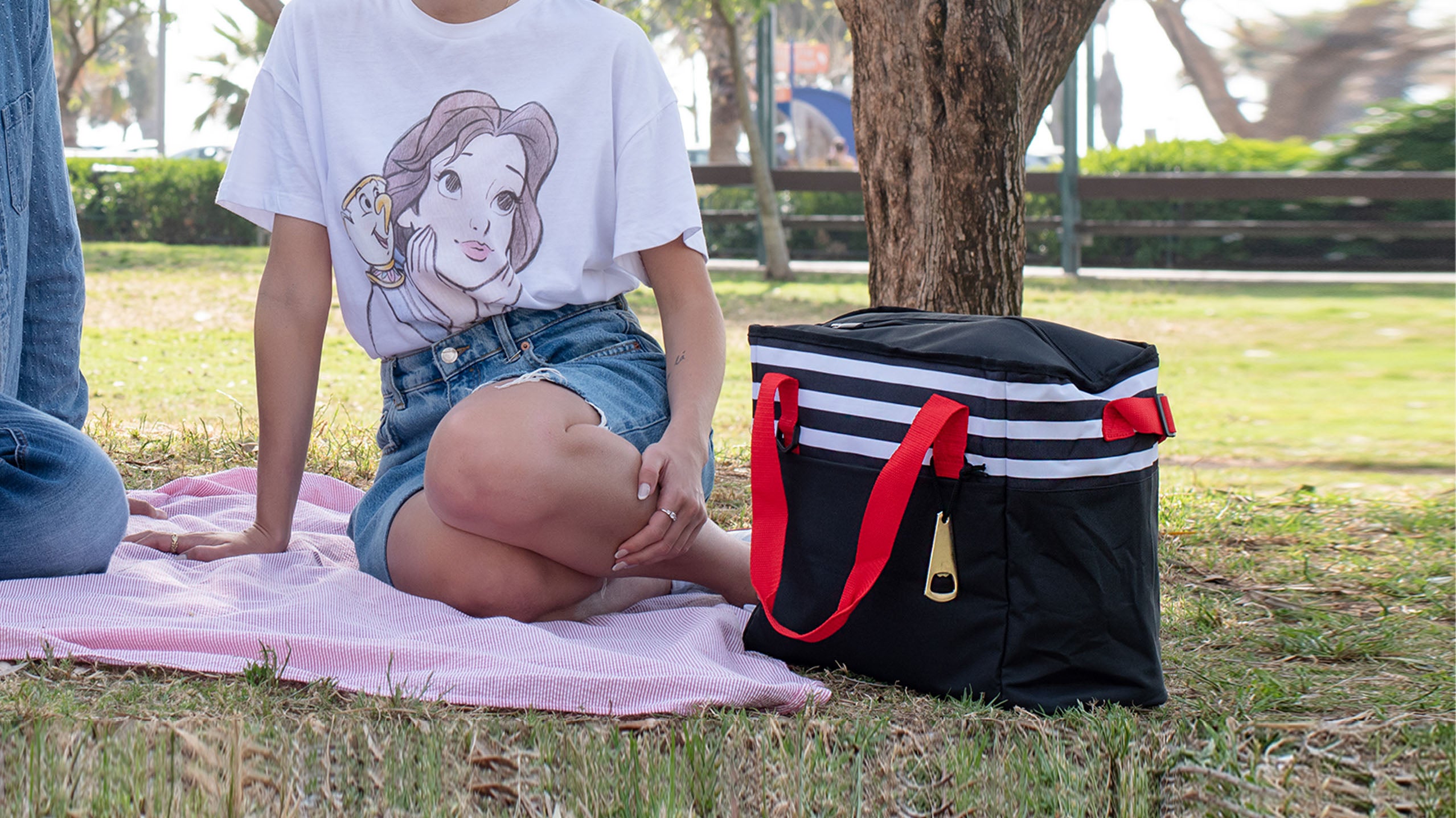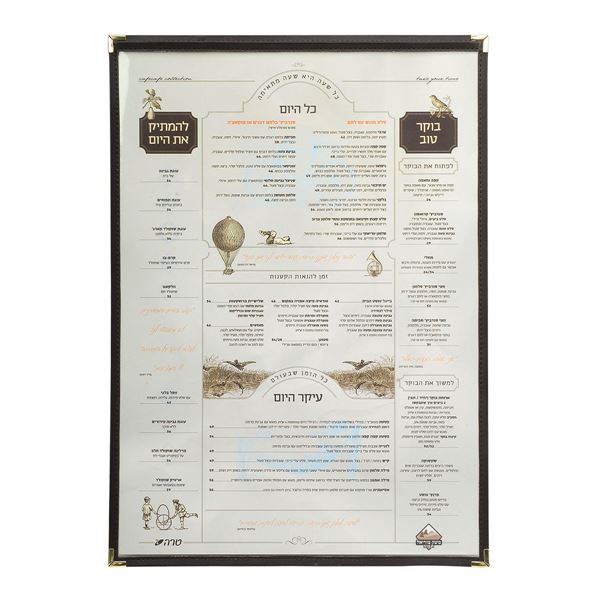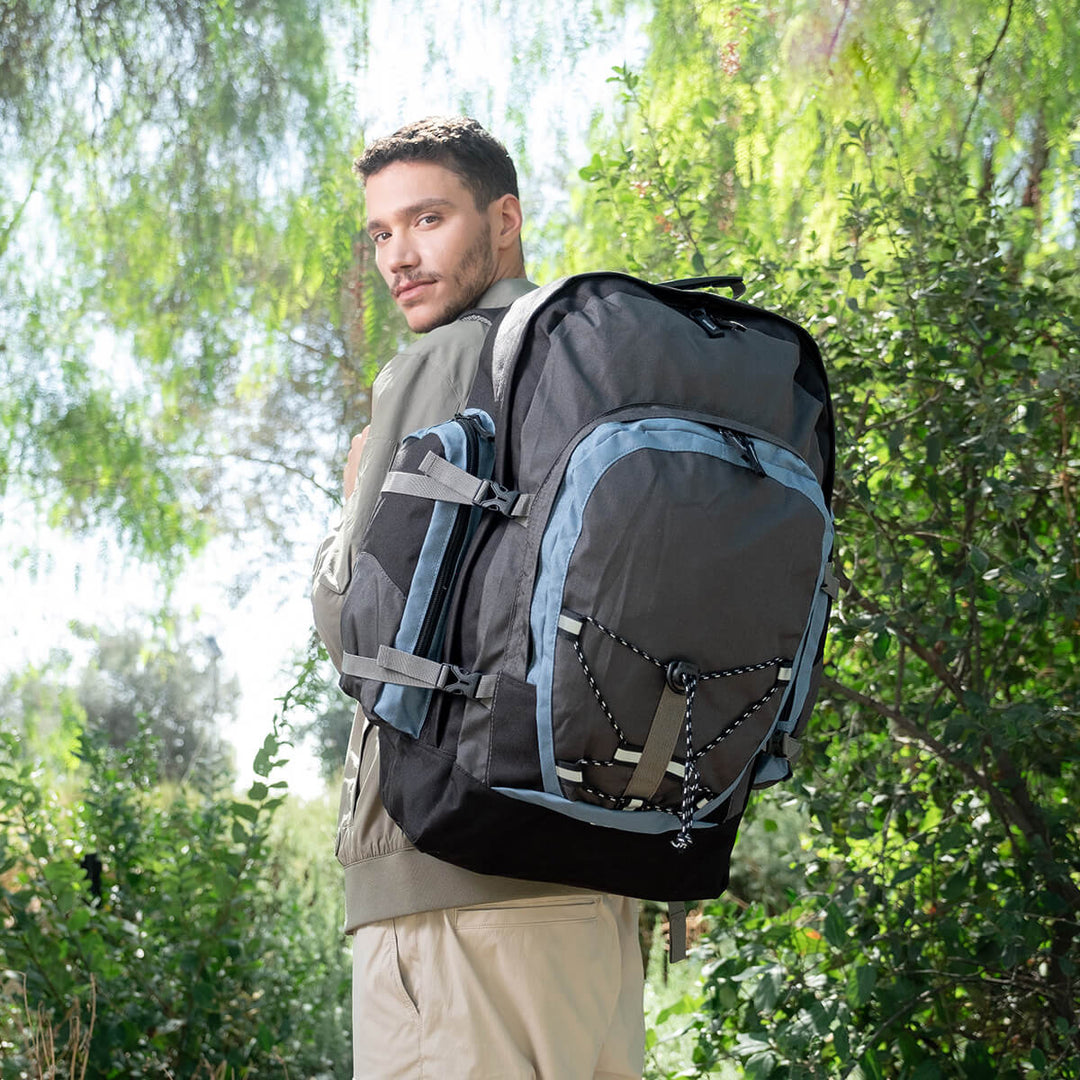Méthodes de décoration de sacs
Ces options d’impression et décoration suivantes vous sont proposées, pour personnaliser vos propres sacs promotionnels faits sur mesure. Ces méthodes ne sont pas exclusivement pour les fourre-tout, les sacs polochons, les sacs reporter, les pochettes porte laptop, les sacs à cordons, les sacs à dos, les sacs pour ordinateur portable, les trolley ou valises et les sacs de voyage, mais aussi pour d’autres types de sacs. La méthode d’impression et le design seront à confirmer avant la production ou personnalisation.
Sérigraphie sur sacs
Pour l’impression de votre logo ou design sur vos sacs promos nous vous proposons la sérigraphie qui est entre autres, la technique la plus populaire et la méthode la plus ancienne utilisée.
Le processus commence par la création du pochoir de votre design, lequel sera par la suite posé sur une maille fine. Chaque exemplaire de couleur est revêtu d’une couche d’émulsion et exposé à la lumière. Toute la préparation dure environ 30 minutes. Une fois prêt, l’écran pourra être réutilisé pour autour de milles impressions. Cette méthode est donc appropriée aussi bien pour des commandes de petite quantité que de grande !
L’encre coloré est appliqué de sorte à ce que ça pénètre la maille jusqu’à atteindre le produit, qui sera mis à plat au préalable. Chacune des couleurs est appliquée en utilisant un pochoir différent. On utilise alors un carrousel sur lequel sont fixés les écrans de différentes couleurs (6 à 8 maximum) et le sac est placé en une position à plat stabilisée. Les écrans vont pivoter un après l’autre, pour être appliqués ensuite sur le tissu.
Pour ce qui en est de la rentabilité, la sérigraphie est idéalement utilisée pour des commandes dépassant les 200 exemplaires. L’impression est généralement faite sur les bouts de tissu lors du processus de production plutôt que sur les produits terminés. Ce qui rend le procédé plus rapide et à meilleur marché pour nos clients, puisque dans l’éventualité d’une erreur, seulement la partie du tissu endommagée ou abîmée sera jetée au lieu du sac entier.
Afin d’améliorer la qualité de nos sacs imprimés par sérigraphie, nous appliquons préalablement une couche transparente pour garantir une surface de travail lisse. Ceci nous permet de créer des logos avec plusieurs couleurs de manière plus précise et détaillée.
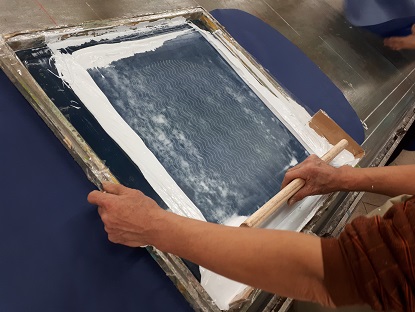 |
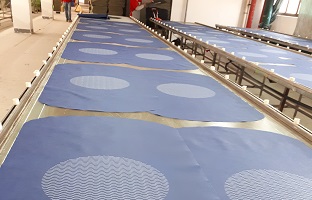 |
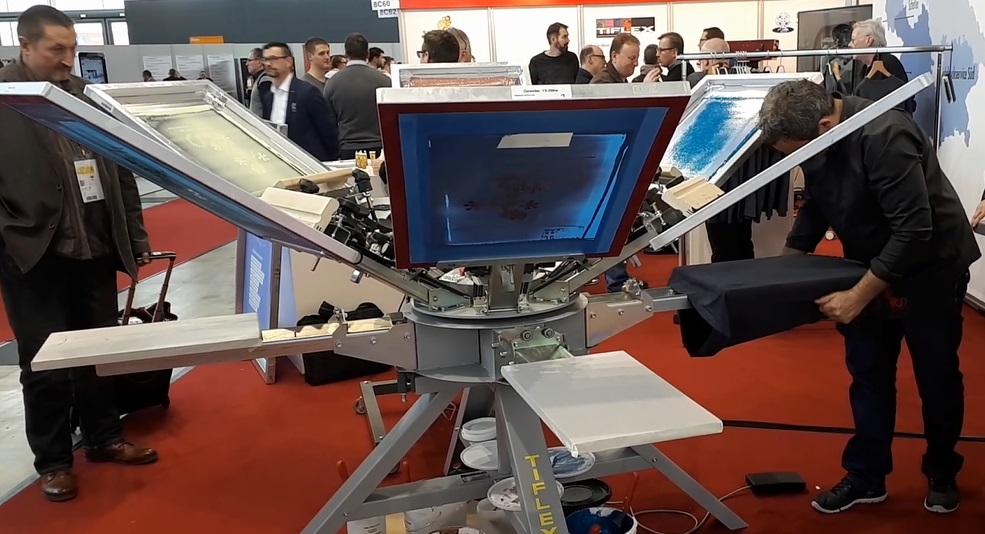 |
|
Impression par sérigraphie sur tissu faite au préalable de l’assemblage du sac. L’encre se dépose à travers la maille sur le tissu. |
L’impression par sérigraphie sur la pièce de tissu, du sac en cours de production est plus rapide et à meilleur marché comparée à l’impression faite directement sur le produit fini. |
Carrousel utilisé pour l’impression par sérigraphie sur sacs ou t-shirts. Généralement la sérigraphie est faite en utilisant 1 à 4 couleurs. Ce type d’impression peut être utilisée aussi bien pour des sacs en cours de production que finis. |
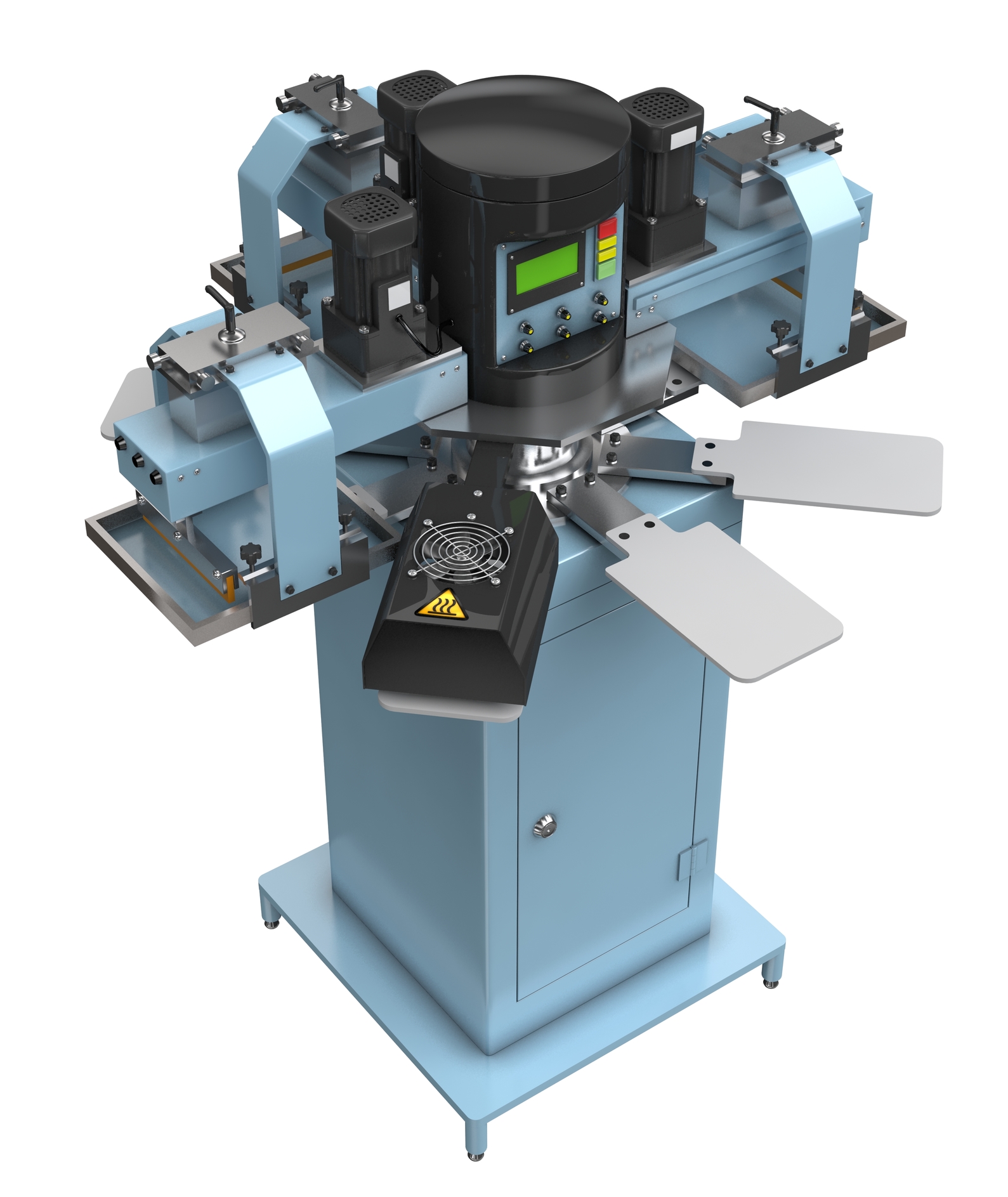 |
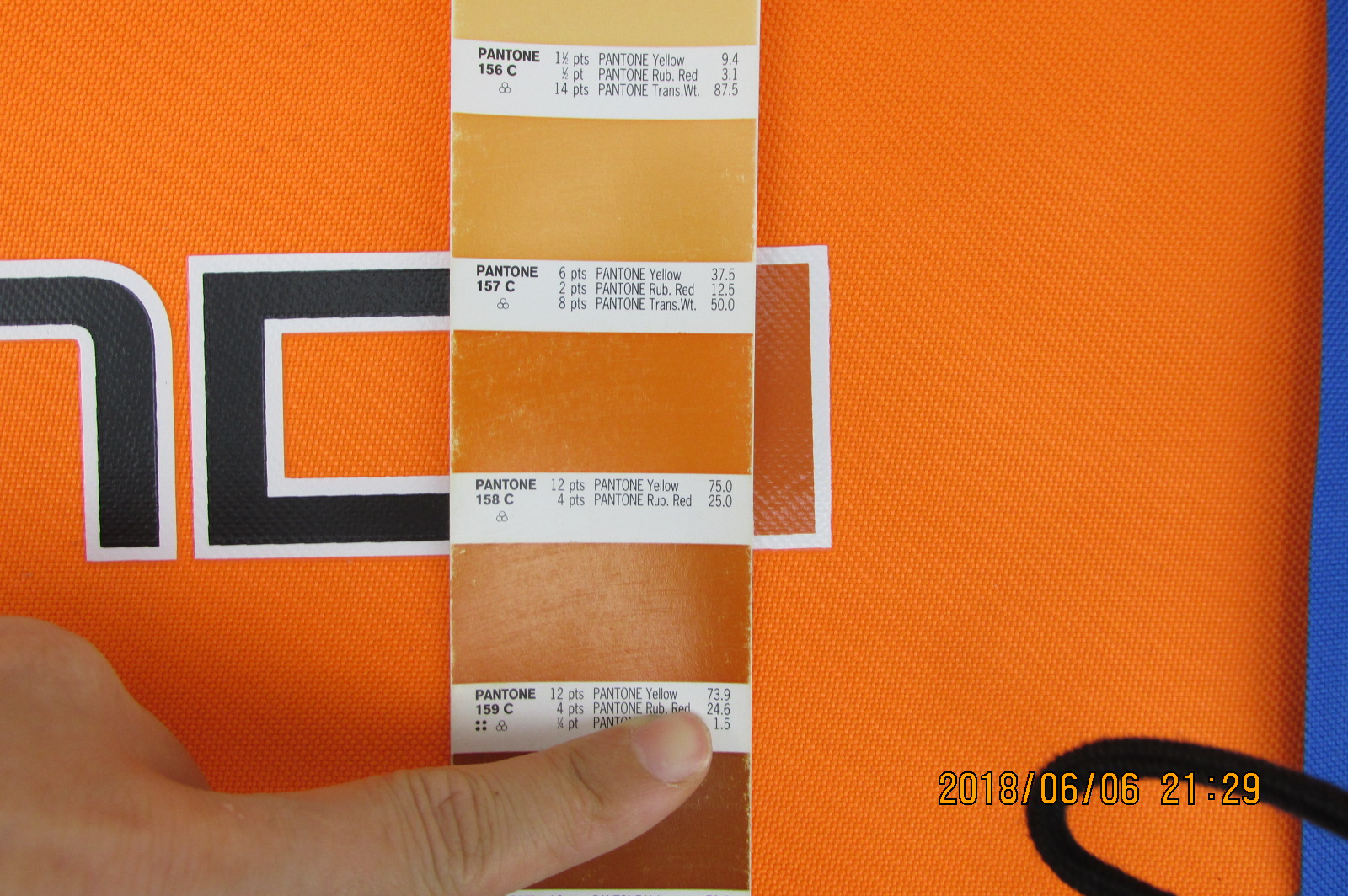 |
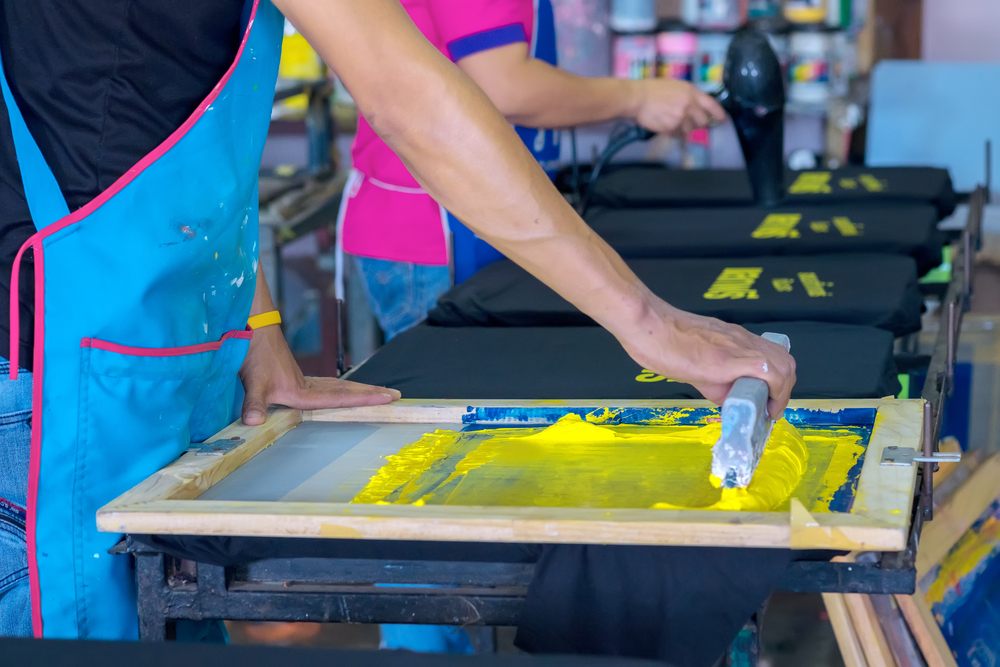 |
| Sérigraphie sur sacs – carrousel avec têtes d’impressions | Sérigraphie sur sacs – correspondance avec nuanciers Pantone | Sérigraphie sur sacs – application de l’encre |
Impression par sublimation sur sacs
L’impression par sublimation est une autre technique très répandue pour décorer les sacs personnalisés. Il s’agit d’un processus où une substance solide se converti en état gazeux sans passer par la phase liquide et la sublimation s’en sert pour faire pénétrer et incorporer l’encre dans le tissu.
Le processus de sublimation commence avec l’impression d’une image reflétée de votre logo ou design qui est produite sur un bout de papier ayant une couche transparente spéciale (non papier d’impression ordinaire). L’imprimante digitale utilise le rouge, le vert et le bleu (RGB) ainsi que l’échelle de gris et le fond blanc de la section qui portera la décoration et qui sert de support et base pour l’image qui y sera transférée.
Le papier pour transfert comprenant le motif d’impression souhaitée du logo est placé sur une presse chaude avec le matériel du sac, le tout exposé à une température d’environ 180-230°C permettant la conversion de l’encre de solide à gaz. Dans cet état, l’encre imprègne les fibres du tissu et s’entrelace avec les fibres du tissu en se solidifiant à nouveau grâce à la phase de refroidissement. L’effet est permanent et lorsque le processus est réalisé correctement les détériorations sont évitables, à l’exception de celles directement en relation avec la dégradation du tissu même.
La sublimation permet l’application d’un nombre illimité de couleurs sur votre sac (Processus d’impression 4 couleurs). Le seul désavantage est que le fond ou reposera l’image doit être obligatoirement blanc ou blanc-cassé.
Ce processus est favorable pour les tissus du type polyester et d’autres étoffes à base plastique (nylon inclus) utilisés pour la création de sacs à dos, sacs à cordons, sacs polochon, fourre-tout, sacs de sports, sacs de voyage, pochettes de congrès et plein d’autres produits promotionnels portant votre logo ou design !
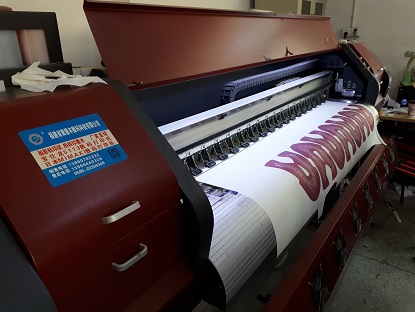 |
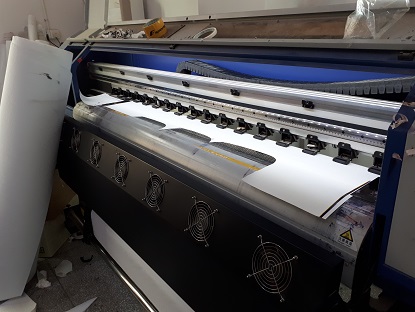 |
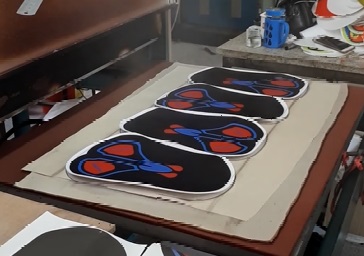 |
| 1. Impression du logo ou design, en image réfléchie sur papier spécial pour sublimation. | 2. Découpage du papier imprimé avec logo. | 3. Sublimation avant la production de sacs. Application sur pièces de tissu à presse chaufante. |
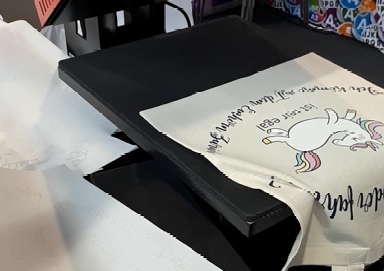 |
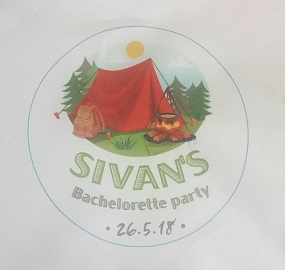 |
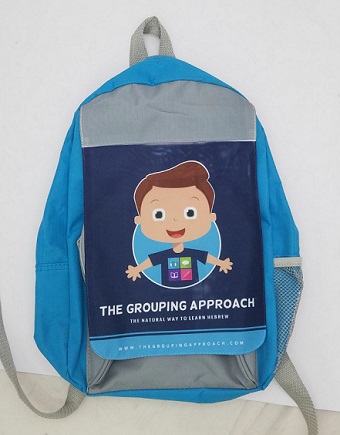 |
| 4. Après la phase de production de sacs, la sublimation est possible à presse chauffante individuellement. | 5. Sublimation sur sac en coton | 6. Sublimation sur un sacs à dos pour enfant. |
Impression par transfert digital (transfert par chaleur)
Si vous désirez des détails plus amples sur votre logo, marque ou design qui ne peuvent pas être procurés par sérigraphie ou par sublimation, du au dessin présentant un chevauchement de couleurs, alors l’impression digitale par transfert est votre meilleure option.
En découpant le design sur un matériel spécial en vinyle, le dessin est saisi en une seule application. La pièce en vinyle est placée sur le tissu et en utilisant des hautes températures (autour de 180°) le dessin est transféré sur le sac.
Le nombre de couleurs est illimité et la résolution d’impression est plus élevée que celle de la plupart de nos autres options d’impressions.
Toutefois, le processus de transfert par chaleur laisse une couche de vinyle sur le produit de la même dimension, forme et contour que celle du logo.
Cette technique est excellente pour les sacs de sport qui exigent d’une impression détaillée et à couleurs vives du logo de votre club. Cette méthode est rentable aussi bien pour les petites et grandes commandes.
Nous confirmerons l’emplacement et le style de l’image sur le produit final avant de lancer la production en masse.
| Autocollants pour le l’impression par transfert à chaud avant l’application sur le sac. | Presse chaude pour appliquer le transfert à chaud. | Presse typique pour impression par transfert à chaud. |
| Digital Heat Transfer Printing - stickers | Digital Heat Transfer Printing - presser | Digital Heat Transfer on Bags 03 - heat-press-machine |
|
|
||
| Sac à cordon avec impression digitale par transfert (transfert par chaleur). | Sac à cordon avec impression digitale par transfert (transfert par chaleur). | Sac avec impression par transfert (transfert à chaud) |
| Digital Heat Transfer on Bags 04 - Drawstring Backpack 1 | Digital Heat Transfer on Bags 05 - Drawstring Backpack 2 | Digital Heat Transfer on Bags 06 - sample on laptop bag |
Broderie sur sacs
La broderie est une méthode de haute qualité et impressionnante, utilisée pour la décoration de sacs entre autres articles textiles, et la préférée parmi d’autres.
Le détail/motif de votre design est initialement passé en revue et lu par notre logiciel. Un plan de couture automatisé est donc créé.
Le matériel du sac est fixé en position par un anneau et le design est brodé sur le tissu en utilisant notre machine à coudre informatisée.
Les couleurs, la densité et la finition de la couture peuvent être diversifiées en apportant une finition 3D au logo final. Ceci peut donner plus de texture à votre dessin en soulignant différentes parties de votre design. La broderie de logo courante utilise entre 2000 et 6000 points et d’une à huit couleurs.
La surface ou seront brodé les logos, marques et designs est généralement la plus petite parmi toutes nos options d’impression.
Pour nos produits en stock, il n’y a pas de quantité minimale possibles d’être commandés. Néanmoins, le plus souvent il y a une somme modérée à payer pour le programme de couture.
Par contre, pour les commandes de production d’articles spéciales, nous acceptons une commande minimale d’approximativement 500 exemplaires.
Il est préférable d’imprimer/broder lors de la manufacture du produit/sac, donc plutôt sur la pièce de tissu individuelle que sur le produit final. De cette manière le processus est plus économique et l’accès à l’espace de tissu ou sera brodé le logo est plus facilement accessible, permettant une meilleure flexibilité pour le positionnement du dessin mais aussi une plus haute qualité.
De plus, si une erreur devait se produire, alors seul la pièce de tissu serait écartée plutôt que tout le produit final entier.
| Machine à broder pour sacs, tissus et vêtements. | Broderie sur étoffe et sacs. Machine à coudre. | Sac avec logo brodé. |
| Embroidery on Bags 01 - stitching machine | Embroidery on Bags 02 - stitching machine | Embroidery on Bags 03 - sample on laptop bag |
| Broderie sur sacs - exemple de broderie. | Broderie sur sacs – sac à dos 1 | Broderie sur sacs – sac à dos 2 |
| Embroidery on Bags 04 - sample 2 | Embroidery on Bags 05 - backpack 1 | Embroidery on Bags 06 – backpack 2 |
Options d’impressions pour nos produits populaires
| Nos produits populaires | Impression par sublimation | Impression par transfert | Impression par sérigraphie | Broderie |
| Sac à dos | V | V | V | V |
| Sac à cordons | V | V | V | X |
| Sac lunch isotherme | V | X | V | X |
| Sac à dos porte laptop | V | V | V | V |
Veuillez lire À propos de nous





